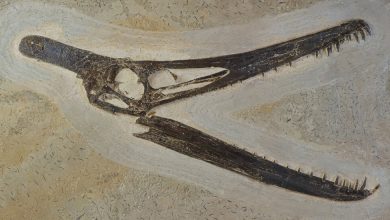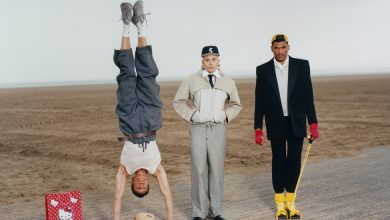With a Culture War Raging Around Education, Where Does Art School Fit In?

Of all the areas of modern life that have been disrupted as of late, arguably none have suffered quite so absurdly as America’s system of education. Even to merely list, in oblique terms, a few of the basic problems of schools of all kinds in this country is to stare into the maw of a culture in decline. One major political party has decided the right to own semiautomatic rifles is more important than the lives of children, while the other has done little to counter it; state and federal policy has left young, economically vulnerable adults mired in unnecessary debt that many have no hope of repaying; increasingly mainstreamed extremists want to police behavior among students and teachers and rewrite history books in their favor.
A lot of this is nothing new, or at least has been a long time coming. In 1967, in Ronald Reagan’s inaugural speech as governor of California, he spoke of his desire to mold the state’s colleges and universities — the largest public higher education system in the country, which he would severely defund during his tenure — according to his particular definition of American values. “We believe it is no denial of academic freedom to provide this education within a framework of reasonable rules and regulations,” Reagan said. “It does not constitute political interference with intellectual freedom … to ask that, in addition to teaching, they build character on accepted moral and ethical standards.” In his words, one can almost hear the distant echo of Senator Ted Cruz roaring about critical race theory.
We’ve devoted T’s annual Art issue this year to the theme of art school, a relatively recent addition to the field of education. Apocalyptic as circumstances may seem right now, the stories we’ve produced are hopeful ones: about the artistic legacy of historically Black colleges and universities; about a growing artistic community in New Haven, Conn., that is both related to and independent of the Ivy League university in town; about a longtime professor who retired and has more fully devoted himself to a career as an artist; about the many (often debt-free) individuals who learned by avoiding a formal education altogether.
Art schools can no doubt be restricting environments — they have, historically, been privileged places, and too beholden to various orthodoxies. (As artist Daniel Clowes writes in his 1991 comic “Art School Confidential,” from which we’ve borrowed the headline for one piece in this package, “Anyone with a trust fund can excel in classes that are little more than vague pep talks designed to keep enrollment up by tricking students into believing they have ‘potential.’”) But at their best, they have represented, and still do, the idea of school in its freest form — a place to do nothing less than forge a unique identity of one’s own. “The answer for all of our national problems, the answer for all the problems of the world, comes down, when you really analyze it, to one single word: ‘education,’” President Lyndon B. Johnson said in a 1964 speech, a year before he would sign into law the Higher Education Act. As prescient as Reagan’s words may have been, I’d argue that Johnson’s have aged better, and I hope they resonate as you read these stories.



